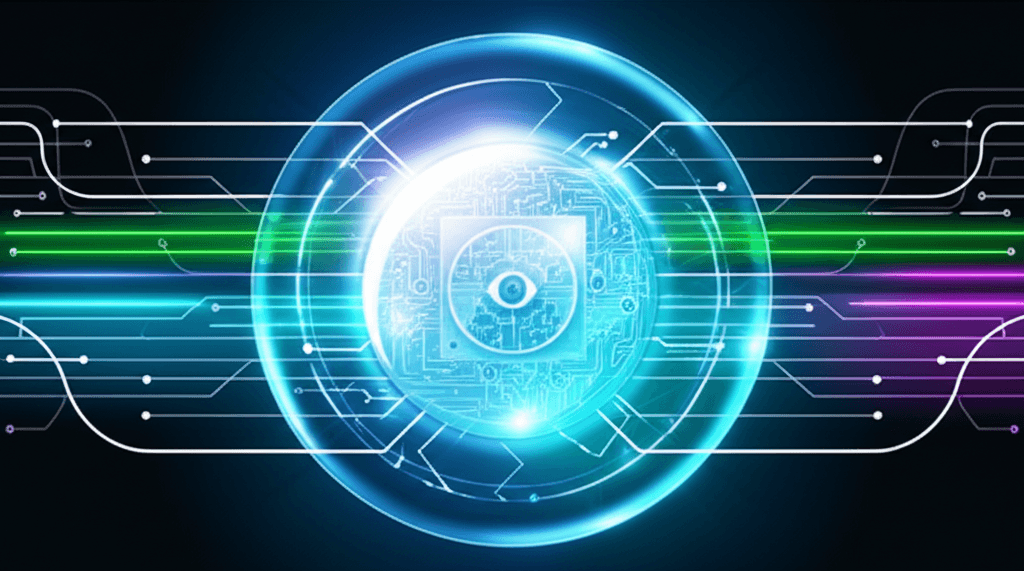OpenAI Unleashes ChatGPT Search Update, Directly Challenges Google
With real-time web access, visual intelligence, and enhanced memory, ChatGPT emerges as an all-in-one knowledge powerhouse.
June 14, 2025

OpenAI has deployed a significant update to ChatGPT's integrated search capabilities, introducing more intelligent and comprehensive answers, superior management of extended conversations, and a novel image search function. This move signals a direct challenge to established search engine paradigms and further blurs the lines between conversational AI and traditional information retrieval. The updates, which have been progressively rolled out and are now widely available, aim to provide a more seamless and intuitive user experience by integrating real-time web data directly into the chatbot's conversational interface.
At the core of the update is the enhancement of what OpenAI calls "smarter answers." The system now provides responses that are more comprehensive and demonstrate a better understanding of user queries.[1] This is achieved by leveraging a fine-tuned version of its GPT-4o model, which can access and process information from the web to deliver timely and relevant results for topics like current events, stock prices, or sports scores.[2][3][4] Unlike its previous iterations that relied on a fixed knowledge base, the new search functionality dynamically pulls from the internet, automatically deciding when a query requires up-to-the-minute information.[3][5] To ensure reliability, the system provides inline citations and a "Sources" button, allowing users to trace information back to its origin and verify facts.[3][6][7] This integration of real-time data from third-party providers and partners transforms ChatGPT into a more powerful, all-in-one tool, reducing the need for users to switch between the AI and a conventional search engine.[3]
A major addition to ChatGPT's feature set is the introduction of image search and analysis.[8] This new modality allows users to input an image and ask questions about it, a feature with broad applications from identifying landmarks to analyzing data in a chart.[9][10] The technology behind this, known as GPT-4 Vision (GPT-4V), works by interpreting the content of an image and generating a detailed text description, which it then uses for its reasoning process.[9] This capability extends beyond simple object recognition; the AI can read text from screenshots, understand complex scenes, and even provide feedback on designs.[9] For instance, users can upload a picture of a meal and get an estimated nutritional breakdown or show it a picture of an unfamiliar plant for identification.[10] This visual intelligence is also being integrated into other platforms, such as Apple's operating systems, where ChatGPT can analyze on-screen content to perform tasks.[11]
Another critical improvement addresses a long-standing challenge with large language models: maintaining context during extended conversations. Previously, long interactions could lead to performance degradation, with the model forgetting earlier parts of the dialogue.[12][13] OpenAI has tackled this through significant enhancements to its "Memory" and "Projects" features.[14][15][16] The updated memory capabilities allow ChatGPT to retain information across all past conversations, creating a more personalized and continuous experience.[16] The "Projects" feature functions as a dedicated workspace where users can group related chats, files, and research. Within a project, the AI maintains context across all associated conversations, remembering specific details, formatting preferences, and even the user's tone of voice.[15] This prevents the need for users to repeatedly provide background information, making complex, multi-session tasks more efficient.[15]
The implications of these updates are far-reaching for the AI and search industries. By integrating a more robust, real-time search engine directly into its conversational platform, OpenAI is positioning ChatGPT as a formidable competitor to Google and other search giants.[3][17] This shift is already impacting how users find information online, with a growing number of people turning to AI for direct, synthesized answers rather than sifting through links on a search results page.[18][19] This trend has significant consequences for website traffic and search engine optimization (SEO) strategies, as businesses must now consider how their content is discovered and presented by AI models.[18][19] The move toward conversational, AI-driven search suggests a future where the primary interface for accessing information is not a list of blue links, but a dynamic, interactive dialogue.[20] As OpenAI continues to enhance these capabilities, particularly in areas like shopping and travel, the competition for user attention in the information landscape is set to intensify.[17][5]
Sources
[1]
[2]
[3]
[6]
[8]
[9]
[10]
[11]
[12]
[13]
[14]
[15]
[16]
[18]
[20]